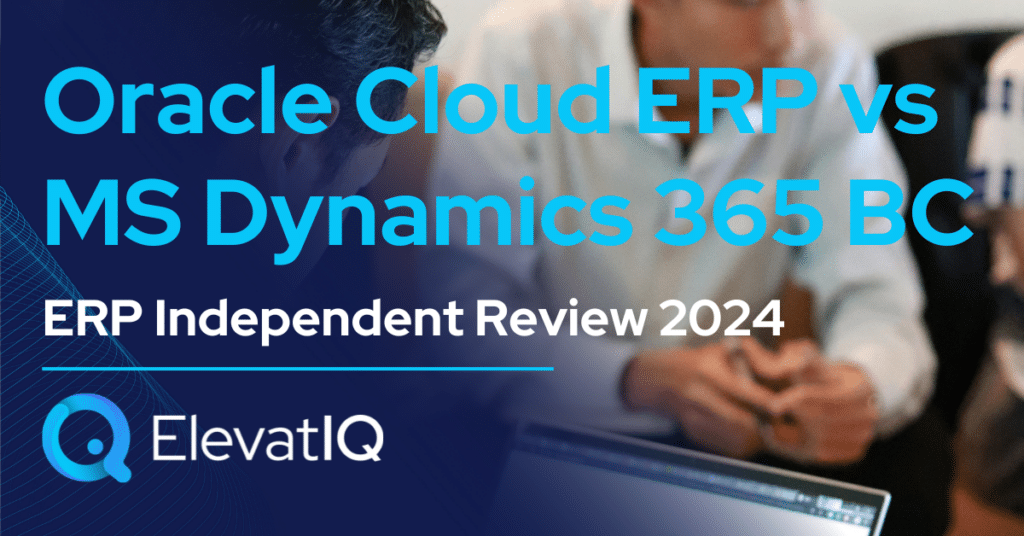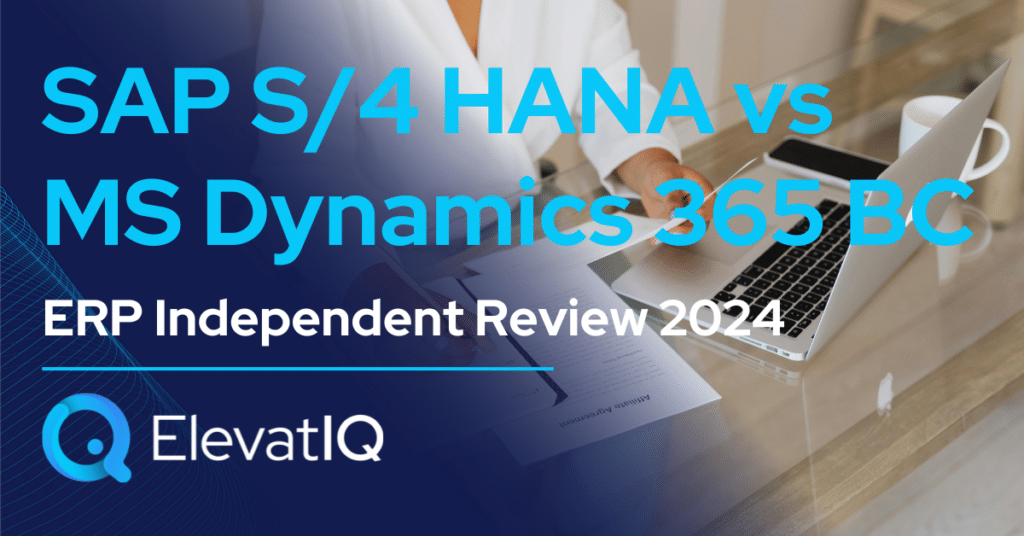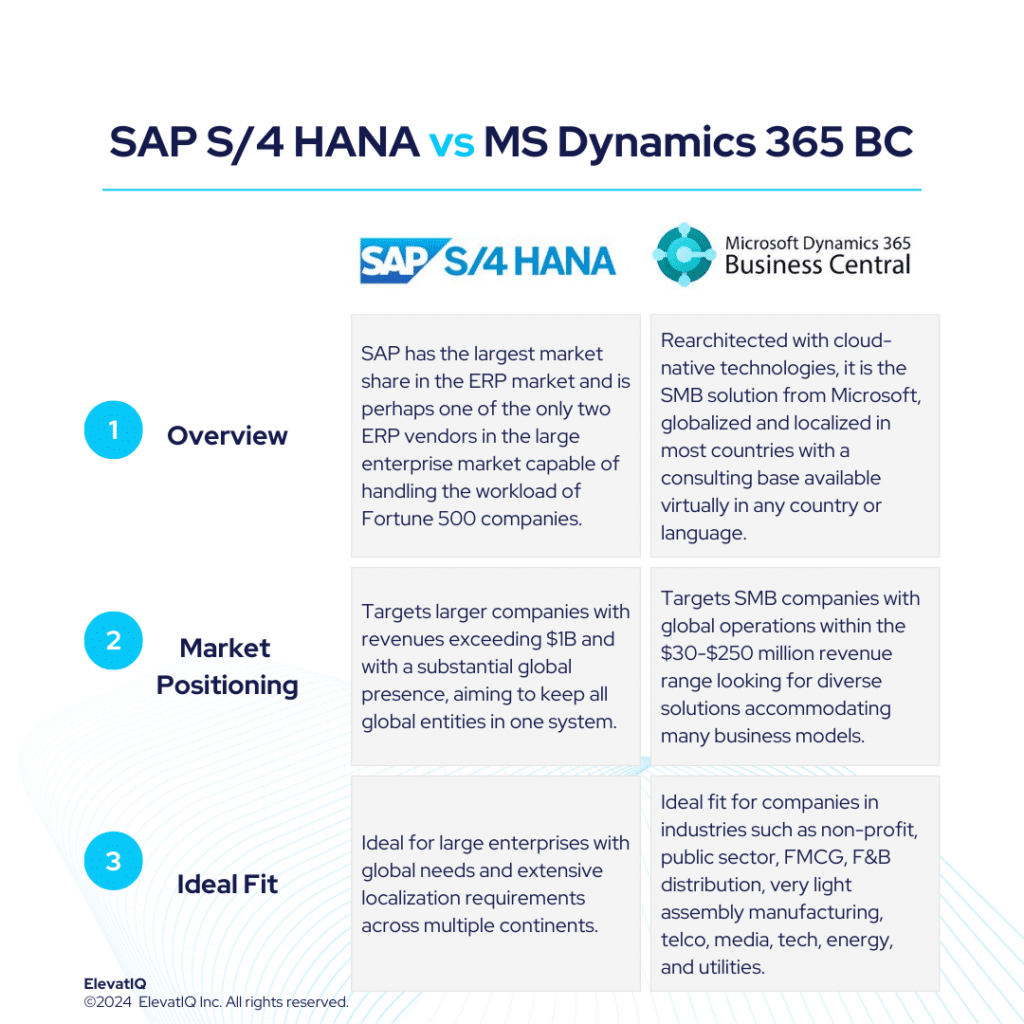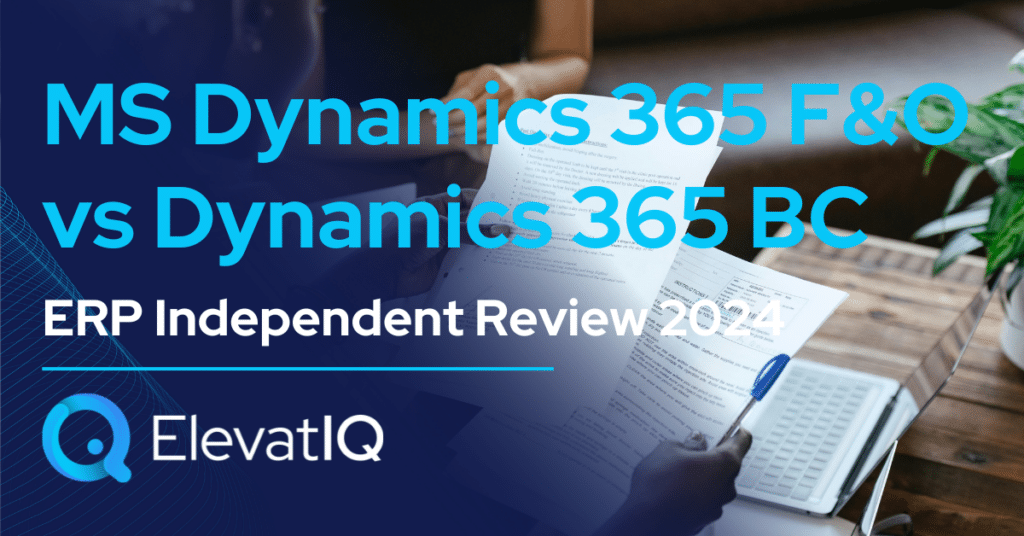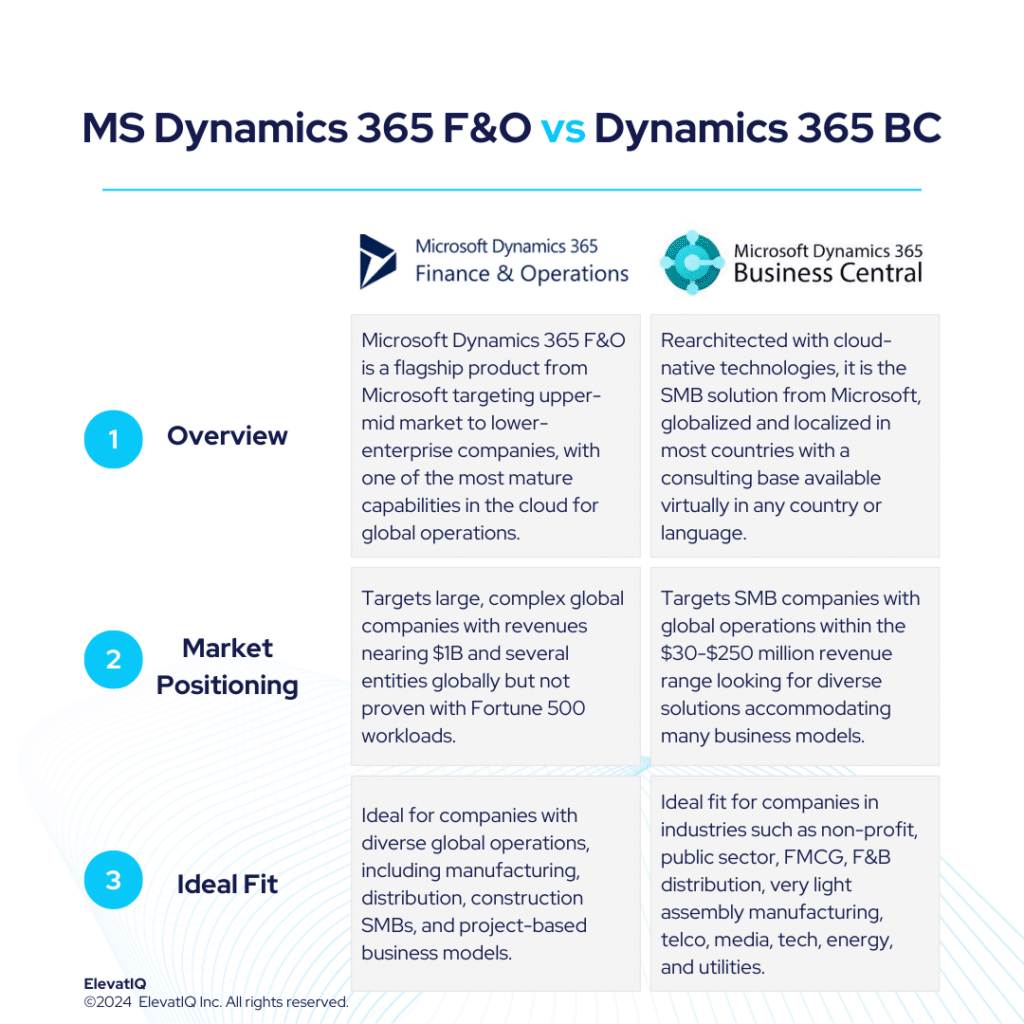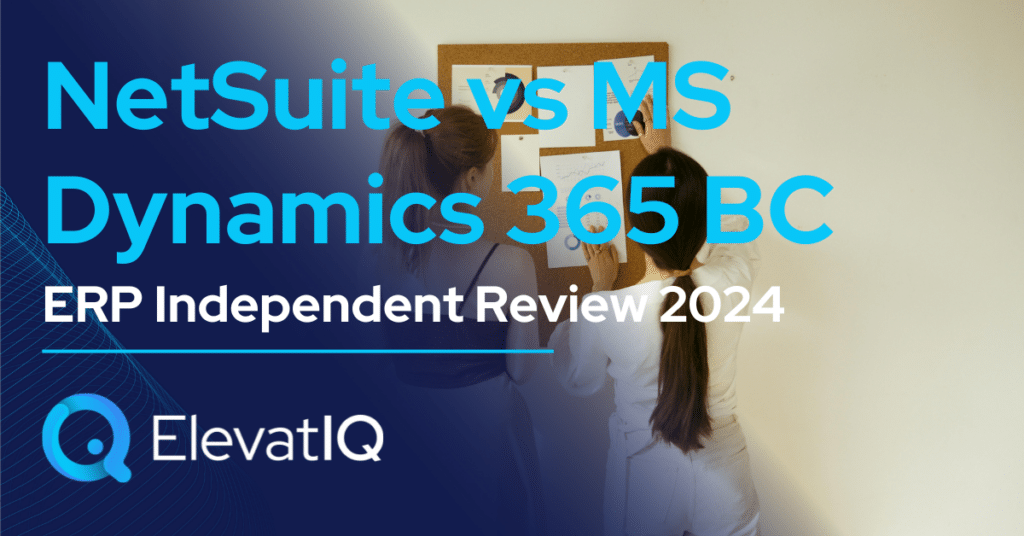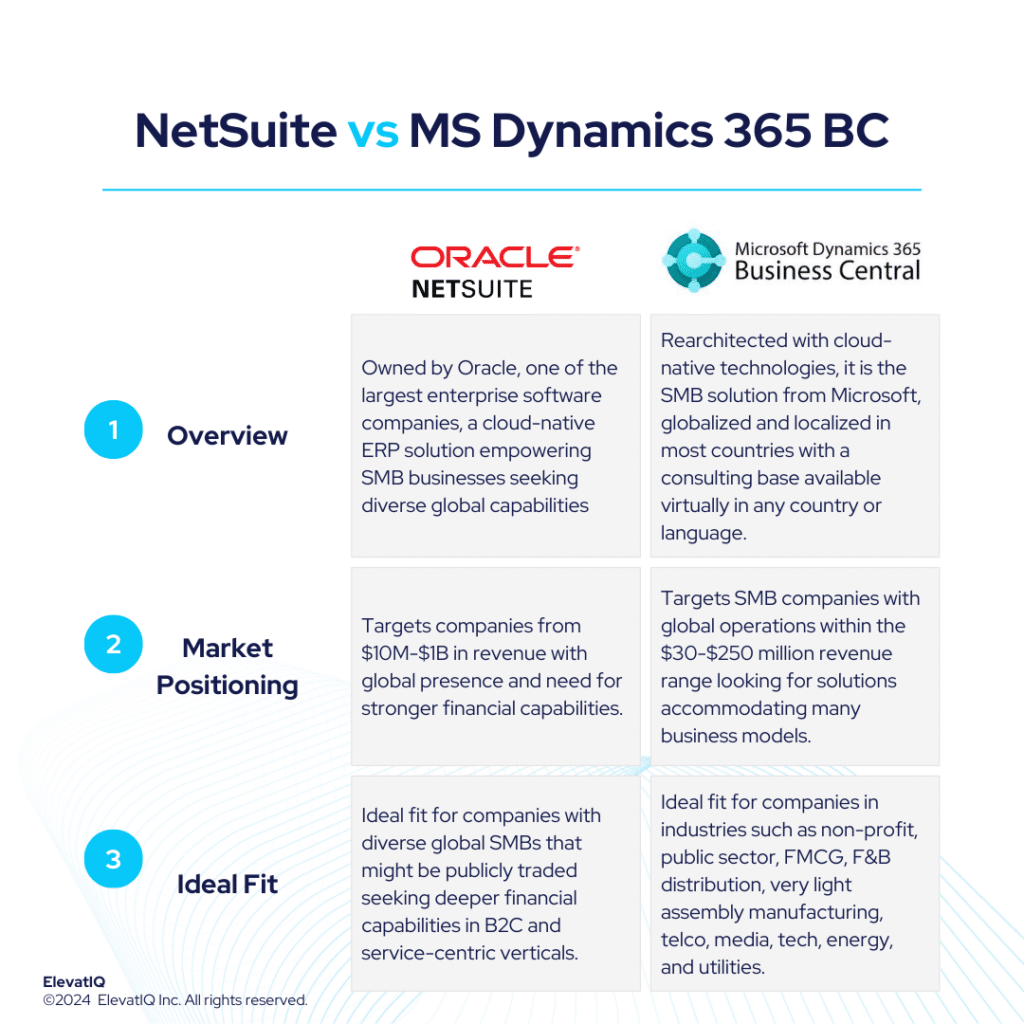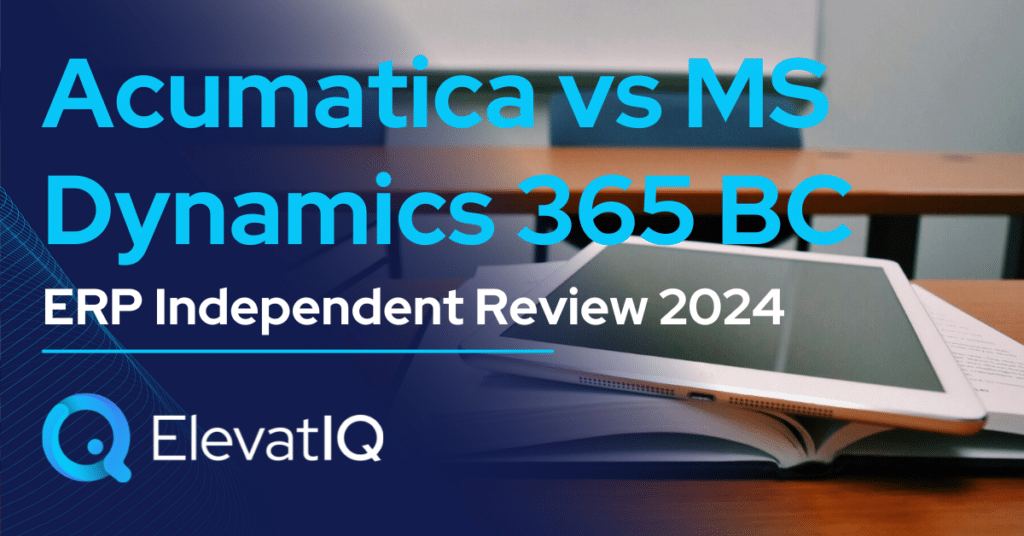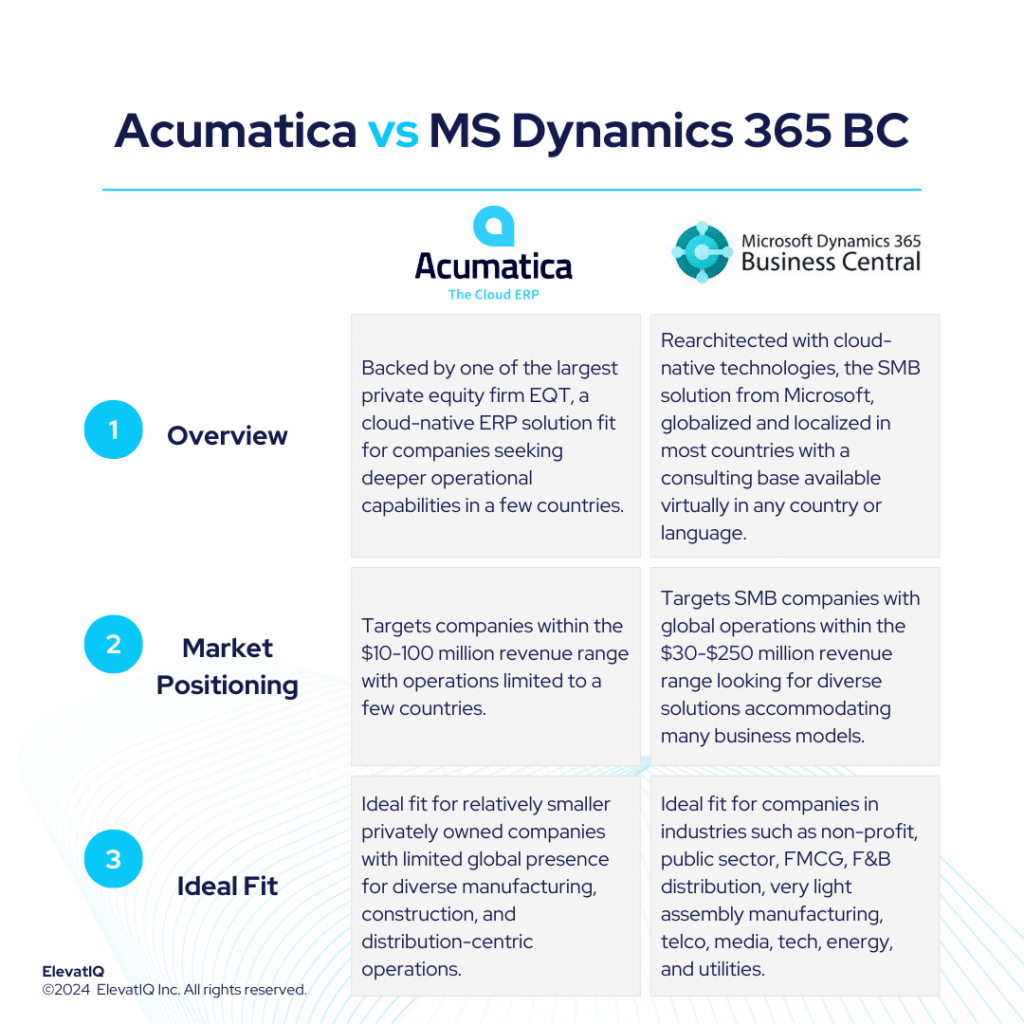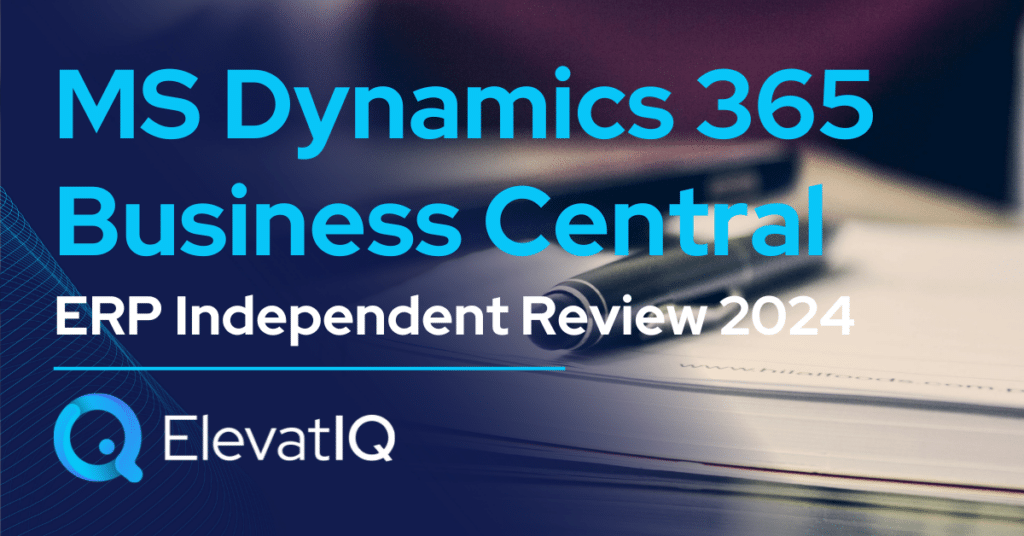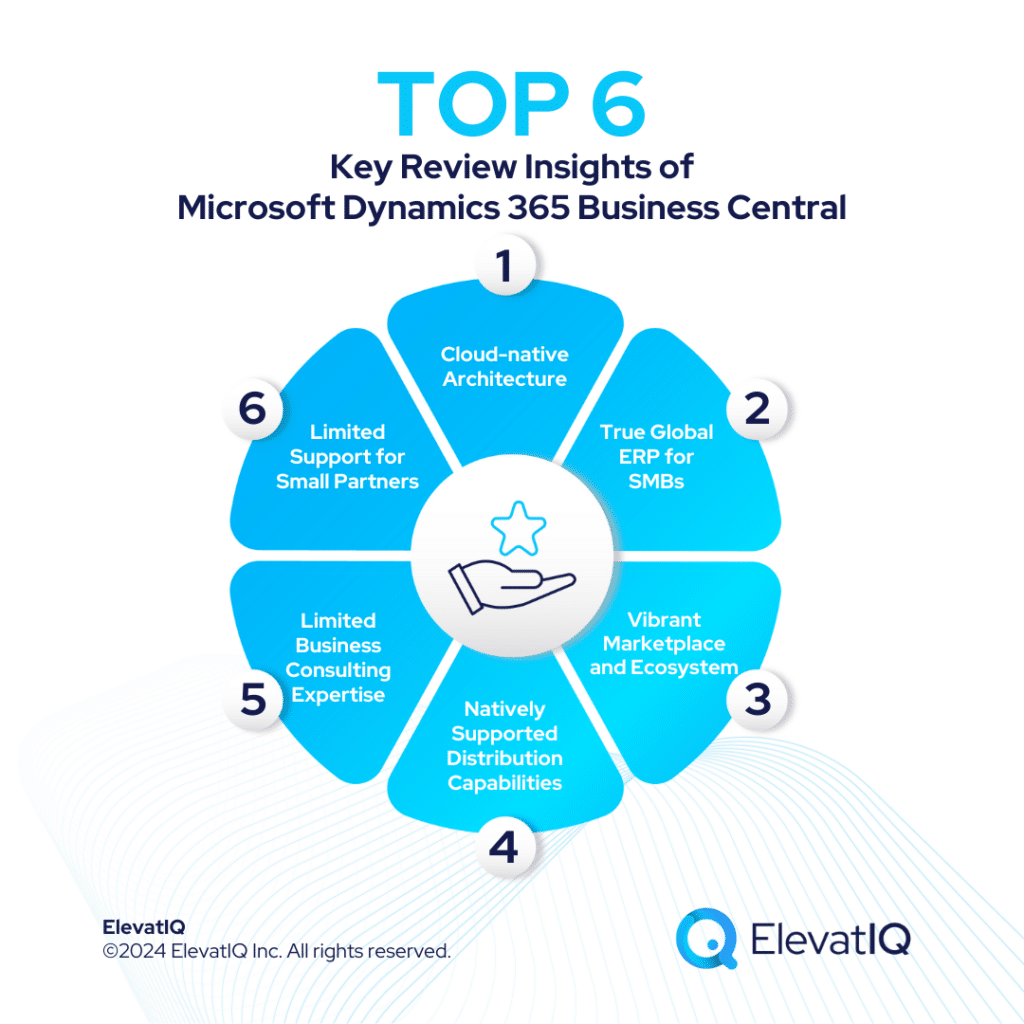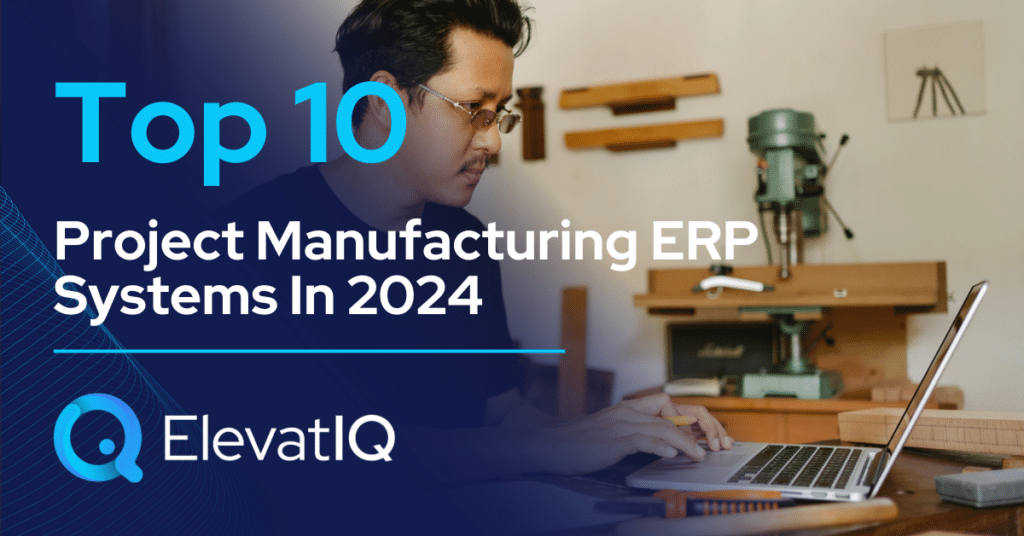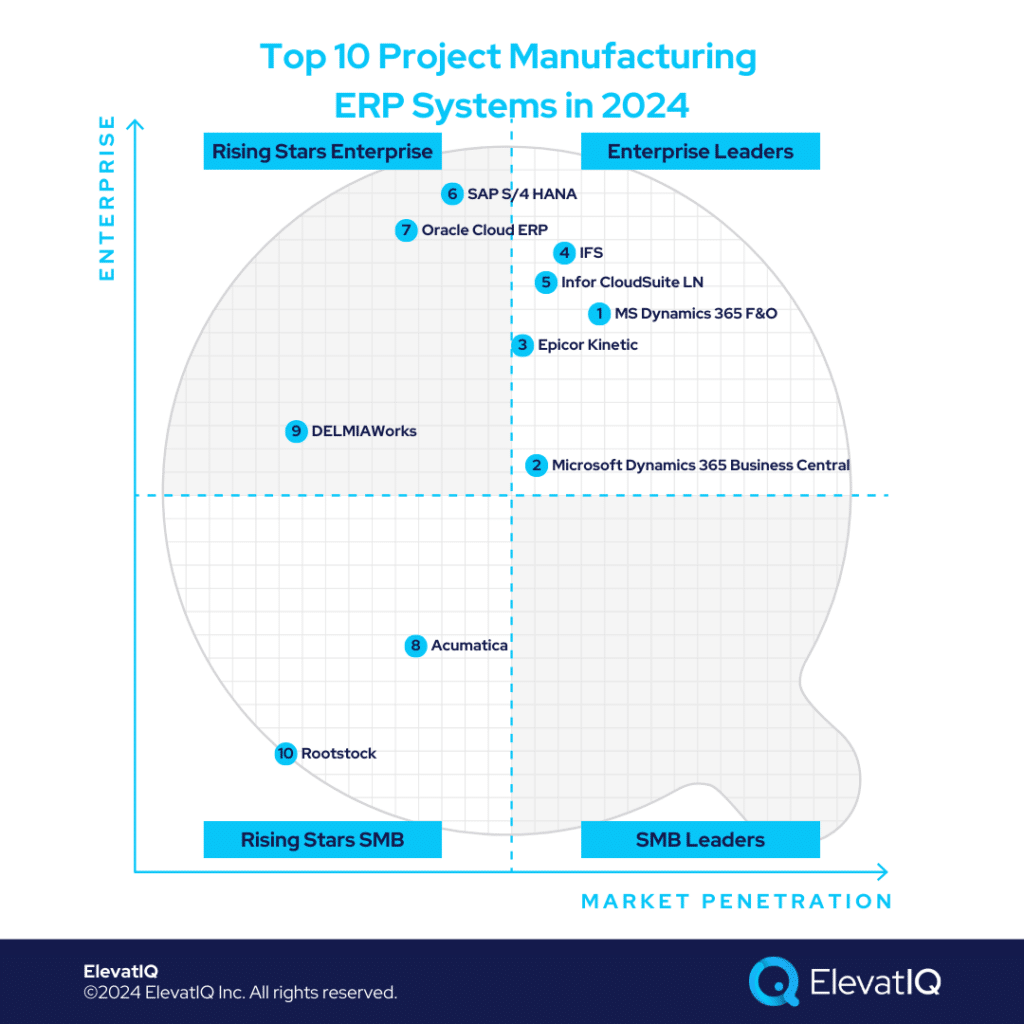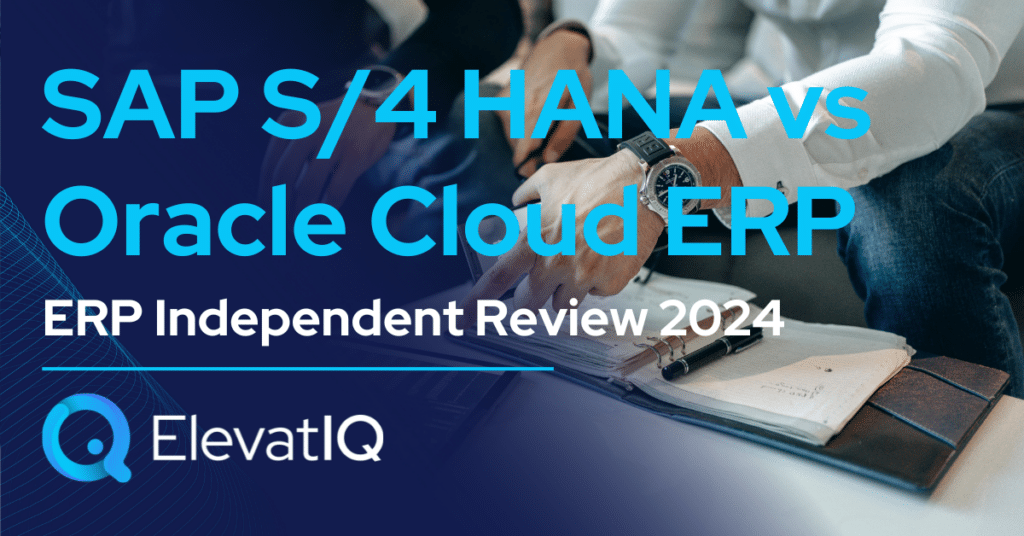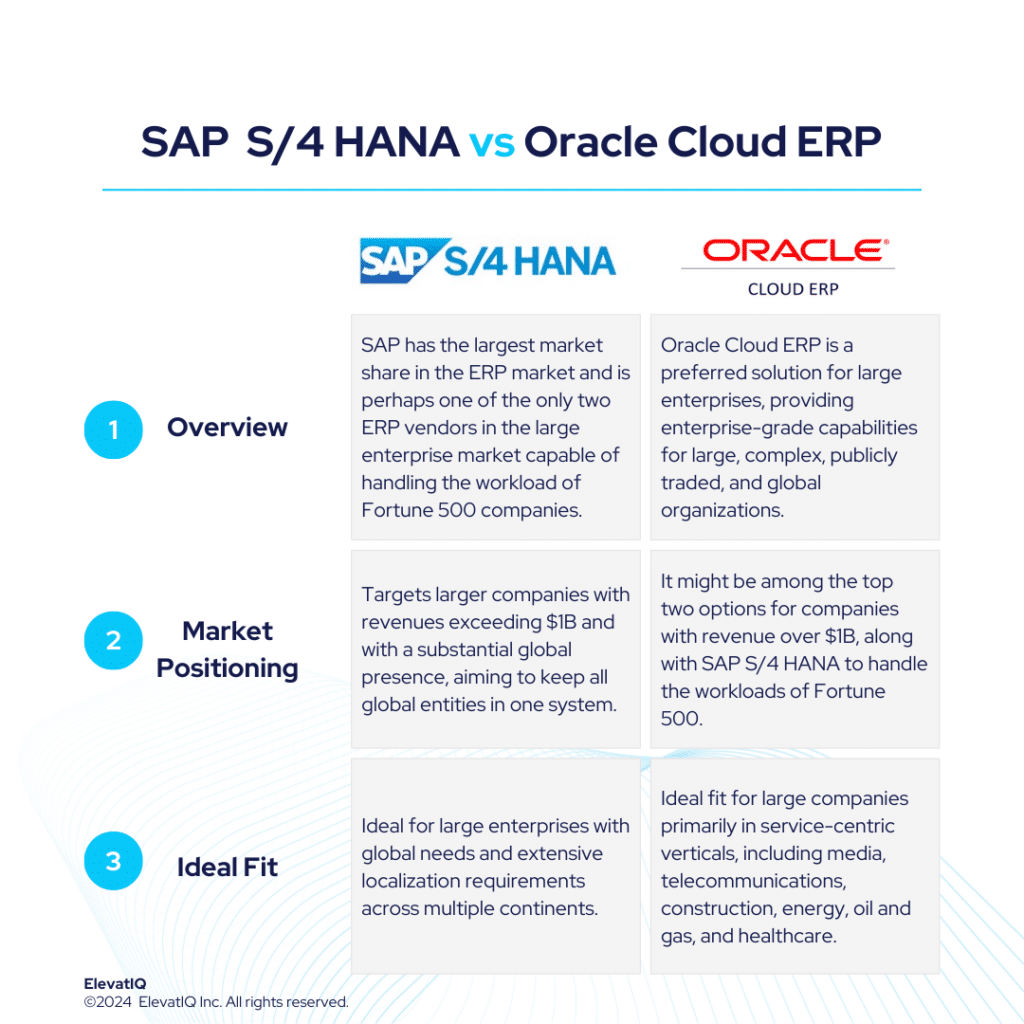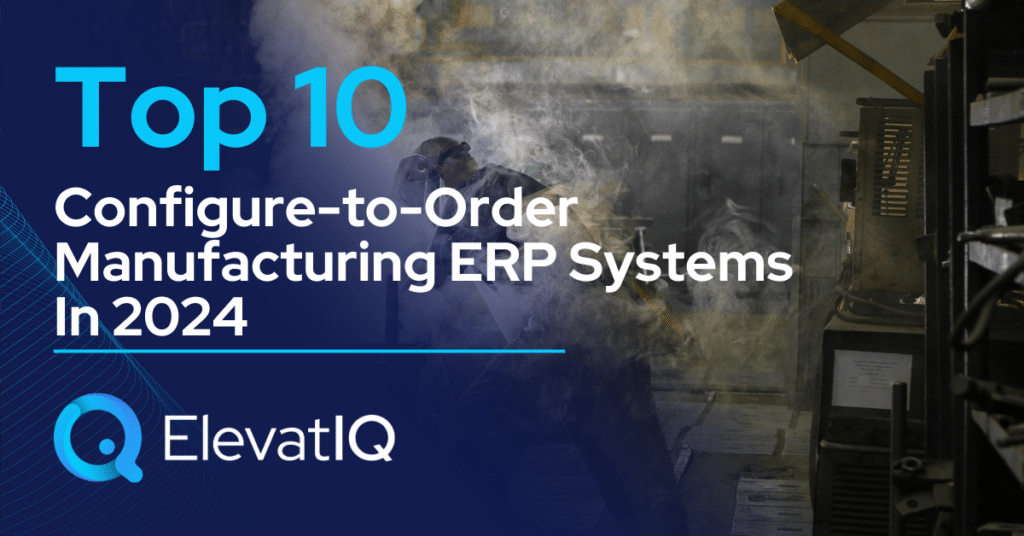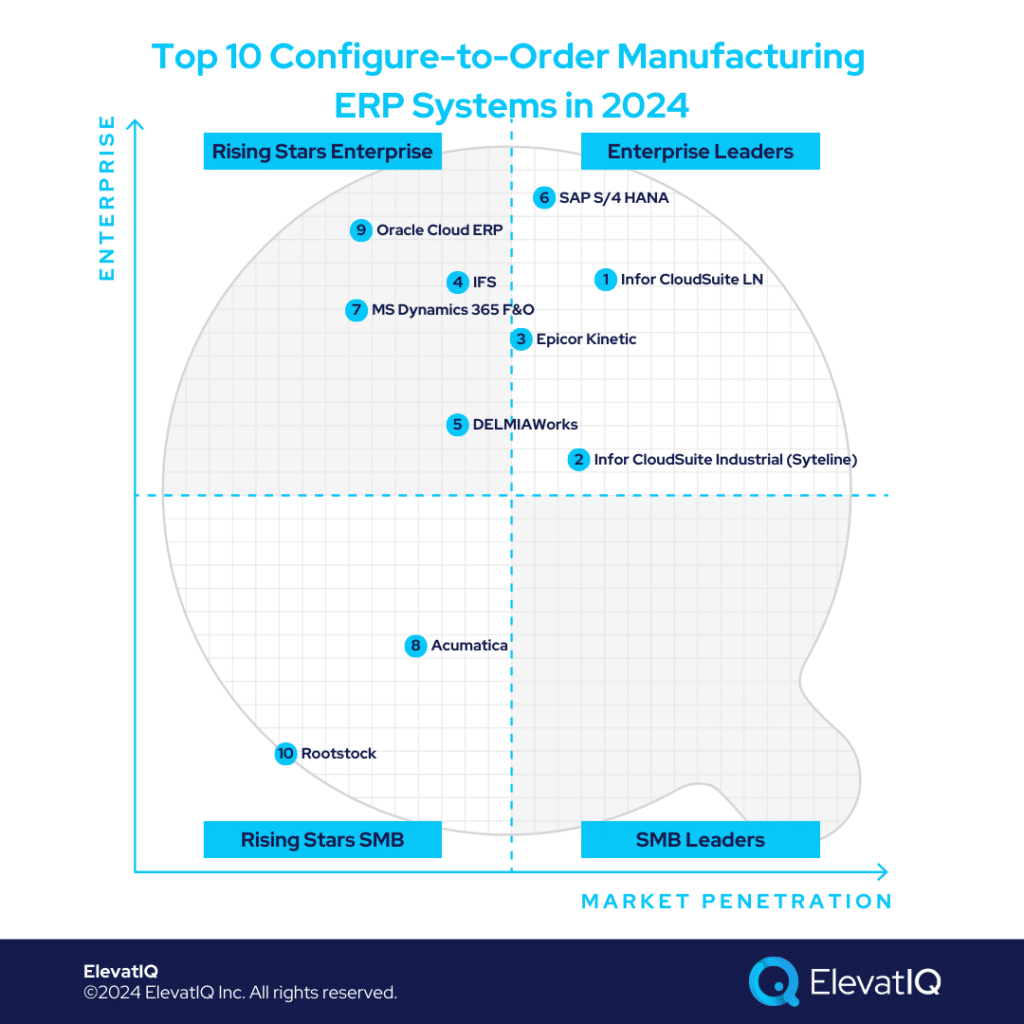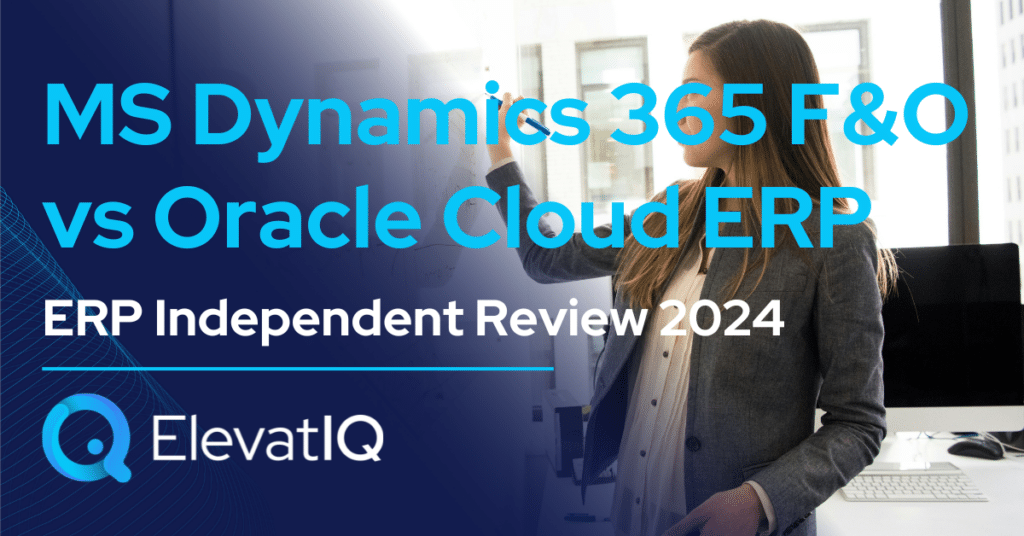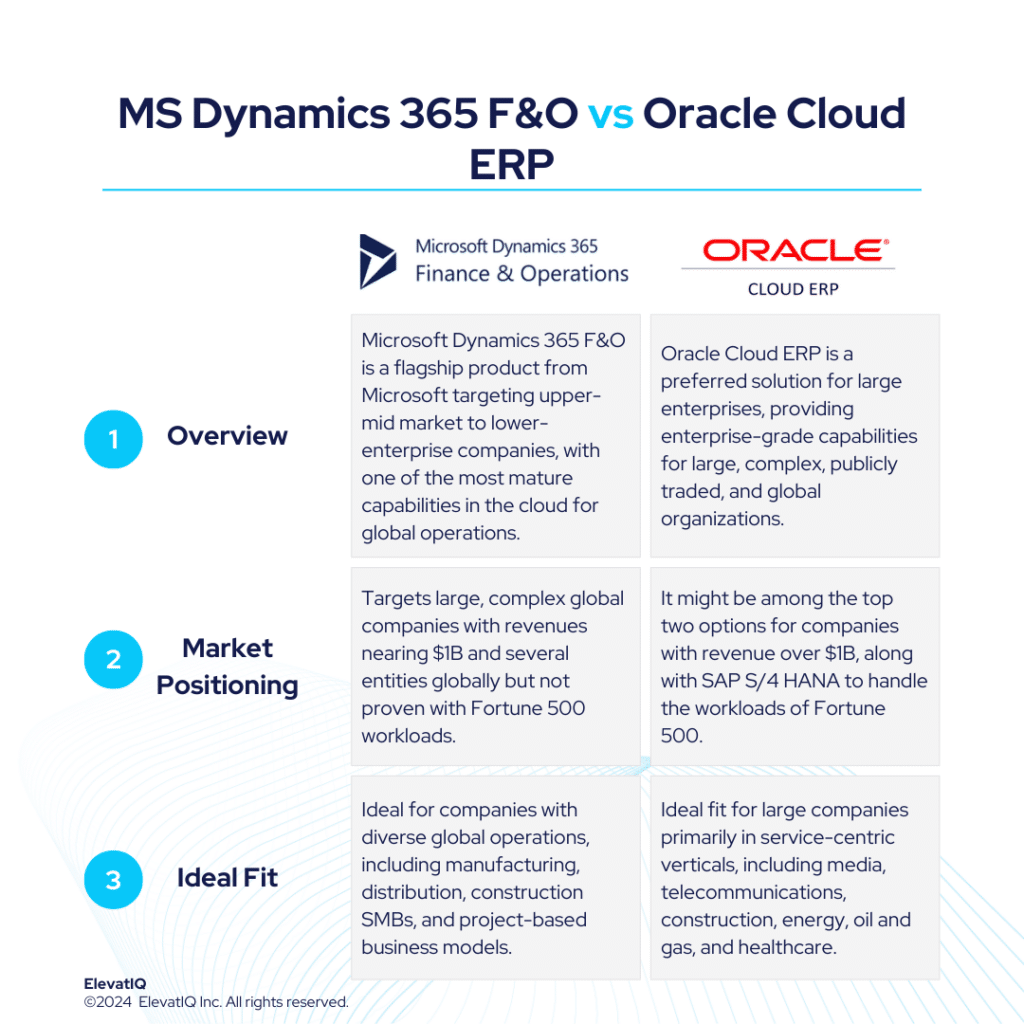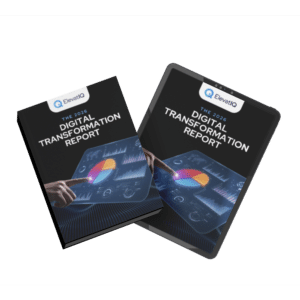Oracle Cloud ERP vs Dynamics 365 BC Independent Review 2024
Oracle ERP Cloud remains a top choice for large companies across diverse industries, particularly media, telecommunications, construction, energy, oil and gas, and healthcare. Despite the need for internal IT expertise, it is also suitable for companies with a need to integrate various third-party software systems. On the other hand, Microsoft Dynamics 365 BC serves as a logical choice for companies outgrowing smaller ERP, MRP, and accounting systems like QuickBooks, Microsoft GP, Odoo, Katana, or Fulcrum.
Oracle Cloud ERP particularly caters to companies needing ledger-level security and hierarchical financial reporting. On the other hand, Microsoft Dynamics 365 BC is ideal for companies with diversified, global operations aspiring to keep all of their entities in one database for easier reconciliation and tracking. Although, the sweet spot for MS BC would be $30M-$250 in revenue and a higher revenue band for companies that might use MS BC just for accounting and financial reporting while using mature operational systems at the subsidiary level.
Thus, choosing between Oracle Cloud ERP vs Dynamics 365 BC requires a detailed examination, and this comparison offers valuable insights for ERP selection projects. Therefore, let’s explore further.
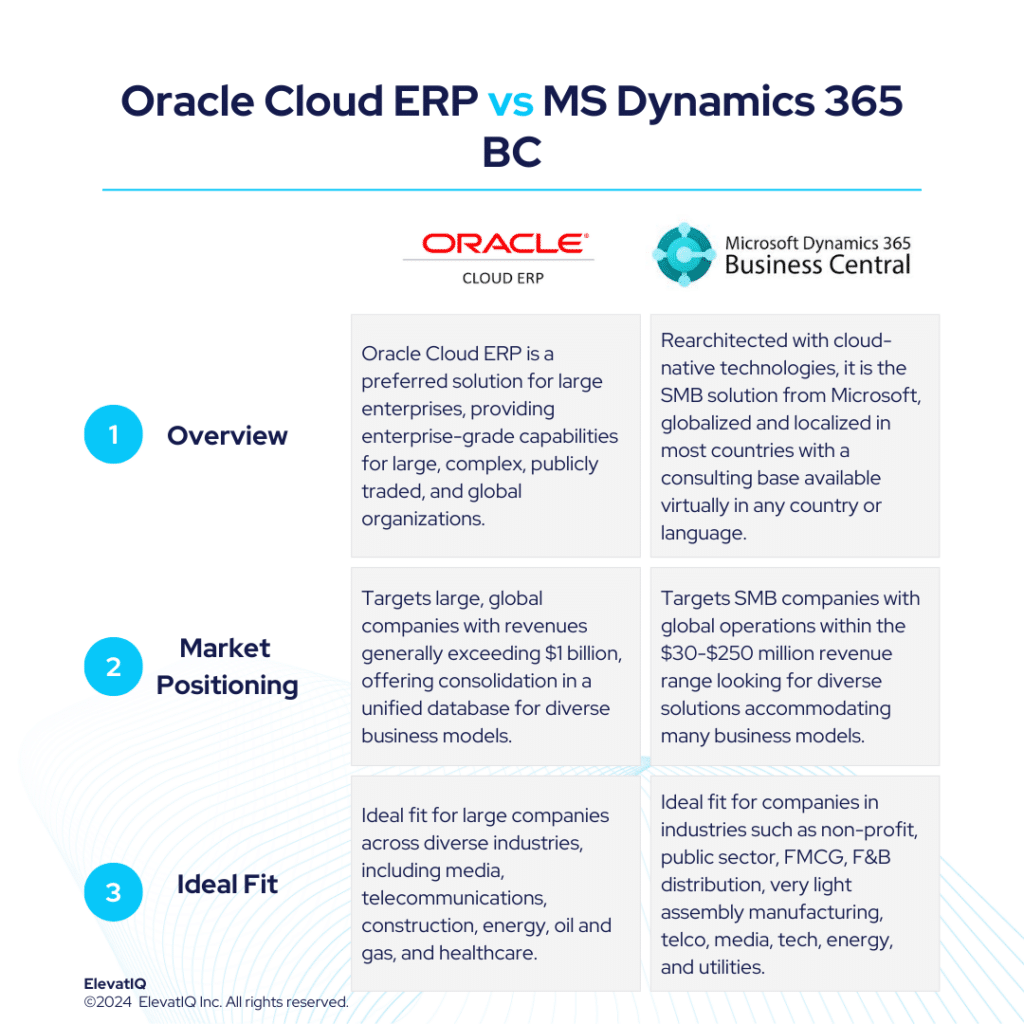

| Oracle Cloud ERP | MS Dynamics 365 Business Central | |
| Started in | 2012 | 2018 (Previously NAV) |
| Ownership by | Oracle | Microsoft |
| No. of customers | 10,000+ | 60,000+ |
What is Oracle Cloud ERP?
Oracle ERP Cloud remains a top choice particularly for large companies across diverse industries, including media, telecommunications, construction, energy, oil and gas, and healthcare (post-acquisition of Cerner). It is particularly suitable for organizations with substantial internal IT expertise and a requirement for integrating various proprietary and third-party software systems, such as patient claims management or utility billing solutions.
Oracle ERP Cloud is well-suited for global companies using it as their corporate financial ledger while employing other systems at the subsidiary level. Its robust financial capabilities cater to companies needing ledger-level security and hierarchical financial reporting, such as LOB, functions, or funds. Additionally, it seamlessly integrates a powerful HCM solution along with a natively integrated EPM solution.
Oracle ERP Cloud excels in risk management, advertising, and Cx cloud, particularly catering to industries like financial services and insurance. While it is a superior fit for service-centric industries, its success in product-centric industries has been limited. Often used as a corporate ledger, it might deploy another operationally rich solution at the subsidiary level in certain industries. Despite its strength for large enterprises, Oracle ERP Cloud is not the ideal choice for SMB customers.
What Is MS Dynamics 365 BC?
Rearchitected with cloud-native technologies, Microsoft Dynamics 365 Business Central is the SMB solution from Microsoft, globalized and also localized in most countries with a consulting base available virtually in any country or language. Microsoft Dynamics 365 Business Central serves as a logical choice particularly for companies outgrowing smaller ERP, MRP, and accounting systems like QuickBooks, Microsoft GP, Odoo, Katana, or Fulcrum. It is positioned against competitors such as Netsuite, Sage Intacct, and Acumatica. It also offers a vibrant ecosystem with numerous add-ons catering to industry-specific needs.
The sweet spot for MS BC would be $30M-$250 in revenue and a higher revenue band for companies that might use MS BC just for accounting and financial reporting while using mature operational systems at the subsidiary level. The biggest advantage of MS BC is its consulting ecosystem and community support, which is much bigger than most ERP ecosystems, and that’s why it’s probably one of the most popular solutions across geographies.
Microsoft Dynamics 365 Business Central is also ideal for companies with diversified, global operations aspiring to keep all of their entities in one database for easier reconciliation and tracking. While the add-ons might allow companies to use Microsoft Dynamics Business Central for complex industrial operations, the natural design and core would be compatible with companies in industries such as non-profit, public sector, FMCG, F&B distribution, very light assembly manufacturing, telco, media, tech, energy, and utilities.
Oracle Cloud ERP vs Dynamics 365 BC Comparison
Navigating the choice between Oracle Cloud ERP vs Dynamics 365 BC is a significant decision for businesses particularly looking for operational efficiency and strategic alignment. Thus, this section delves into the comprehensive comparison of Oracle Cloud ERP vs Dynamics 365 BC across various critical dimensions.
| Oracle Cloud ERP | MS Dynamics 365 BC | |
| Global Operational Capabilities | Enterprise-grade multi-entity capabilities worldwide. | Supported and actively installed in most countries globally. |
| Diverse Capabilities | Supports varied business models, may need third-party add-ons for industry specifics. | Supports multiple industries with pre-baked CRM and field service solutions. |
| Best-of-breed Capabilities | Suite includes HCM, CPQ, WMS, RMS, TMS. | Pre-integrated with Microsoft CRM and field service. |
| Last-mile Capabilities | May require add-ons for specific micro-verticals. | May require add-ons for specific micro-verticals. |
| Operational Functionalities | Deeper supply chain and logistics capabilities. | Emphasizes core ERP capabilities, relying on partner add-ons for industry-specific capabilities. |
| Integration Capabilities | Enterprise-grade integration suite with pre-integrated components. | Common data model, power platform and automate along with MS Azure platform for additional development and integration. |
| Manufacturing Capabilities | Best value for focused manufacturing at subsidiary level. | Lighter manufacturing capabilities than Acumatica. |
| Pricing Model | Named user based. | Per named user, per month. True consumption-based licenses can be adjusted without long-term contracts. |
| Key Modules | 1. Financial Management 2. Project Management 3. Procurement 4. Risk Management and Compliance 5. Enterprise Performance Management 6. Supply Chain and Manufacturing 7. ERP Analytics | 1. Financial Management 2. CRM 3. Distribution Management 4. Supply Chain Management 5. Project Accounting Management 6. Inventory Management 7. Reporting, Dashboard and BI |
Oracle Cloud ERP vs Dynamics 365 BC Feature Comparison
Both platforms offer a plethora of features and functionalities designed to streamline business operations and enhance efficiency. In this feature comparison, we delve into particularly the distinct capabilities of Oracle Cloud ERP vs Dynamics 365 BC across various critical dimensions, providing insights to aid businesses in making informed decisions regarding their ERP selection. Thus, this section discusses features under each of the following modules, particularly financial management, supply chain management, and manufacturing management.
Financial Management Comparison
In this section, we are discussing a detailed comparison of the financial management capabilities particularly offered by Oracle Cloud ERP vs Dynamics 365 BC. By examining their respective strengths and functionalities, particularly in managing financial processes. Businesses can therefore gain valuable insights to determine the best-suited ERP solution for their financial management needs.
| Oracle Cloud ERP | MS Dynamics 365 BC | ||
| Financial Management | General Ledger | Enterprise-grade ledgers to support multi-country operations at the global level with layers of sub-ledgers and complex closing process. | Initiates general ledger postings, chart of accounts, general journals, VAT facilities, recurring journals, and source codes. |
| Accounts Receivable and Accounts Payable | Support for complex, global AR and AP processes, including shared services. | Automates accounts receivables and payables and facilitates seamless reconciliation of accounts for swift and precise financial reporting. | |
| Cash Flow Management | Enterprise-grade capabilities for cash and treasury management. | Provides comprehensive forecasting, analysis, and Azure ML-based prediction of cash inflows and outflows. | |
| Currency Management | Enterprise-grade capabilities for currency management, including support for complex currency processes such as hedging. | Manages multiple currencies across the system, including payables and receivables, general ledger reports, resource and inventory items, and bank accounts. | |
| Tax Management | Global and enterprise-grade tax management capabilities, with support for most countries in the world. | Offers automated, configurable, and scalable tax determination, calculation, and settlement capabilities, accommodating complex tax scenarios across various business requirements. |
Supply Chain Management Comparison
In this comparison, we explore and analyze the supply chain management capabilities of Oracle Cloud ERP vs Dynamics 365 BC, shedding light particularly on their respective strengths and weaknesses.
| Oracle Cloud ERP | MS Dynamics 365 BC | ||
| Supply Chain Management | Warehouse Management | Streamlines warehouse operations, enhances inventory management and ensures seamless multichannel fulfillment, end-to-end inventory visibility, and integration with advanced features for efficient resource allocation and workflow optimization. | Can be implemented in different complexity levels, depending on a company’s processes and order volume. The main difference is that activities are performed order-by-order in basic warehousing when they are consolidated for multiple orders in advanced warehousing. |
| Service Management | Ensures efficient and effective service delivery through features like service request management, incident handling, and knowledge management. | Service management is not built as part of the core platform but a pre-integrated specialized app is available for field service operations | |
| Inventory Management | Enables efficient management of goods flow, including inbound, within the warehouse, and outbound, while also supporting consigned inventory capabilities. | Ensures inventory availability by automatically computing stock levels, lead times, and reorder thresholds. Also, maintains optimal inventory levels by adjusting orders dynamically based on real-time inventory updates. | |
| Purchase Order Management | Helps organizations digitally manage and process purchase orders for supply chain and procurement activities, improving efficiency and reducing overhead costs. | Manages purchase orders, including blanket orders and related processes. | |
| Requisition Management | Allows users to efficiently view, create, submit, edit, and manage requisitions, ensuring proper approval workflows and seamless procurement processes. | Organizes complex distribution processes involving multiple products and suppliers. |
Manufacturing Management Comparison
In this comparison, we explore and analyze the manufacturing management ERP capabilities of Oracle Cloud ERP vs Dynamics 365 BC, shedding light, particularly on their respective strengths and weaknesses.
| Oracle Cloud ERP | MS Dynamics 365 BC | ||
| Manufacturing Management | Production Planning | Offers production planning capabilities including capacity planning, MRP, shop floor control, and demand planning. | Enables the creation of production orders, definition of routings, allocation of resources, and optimization of production sequences, ensuring seamless operations. |
| BOM and Routing | Allows you to define lists of components associated with a parent item and outlines step-by-step operations required for manufacturing an assembly. | Allows for the detailed mapping of production processes, including the components, subassemblies, and resources used, as well as the sequence of operations. | |
| Advanced Planning and Scheduling | Plans all supply chain facilities, supporting both short-term detailed scheduling and long-term aggregate planning within a single plan. It also considers finite capacity constraints and offers holistic optimization capabilities. | Takes into account all demand and supply data, nets the results, and creates suggestions for balancing the supply to meet the demand, ensuring optimized resource utilization and efficient production control. |
Pros of Oracle Cloud ERP vs Dynamics 365 BC
When evaluating ERP solutions, understanding the distinct advantages of Oracle Cloud ERP vs Dynamics 365 BC is crucial. In this section, we are particularly exploring the strengths of Oracle Cloud ERP vs Dynamics 365 BC across various dimensions. Thus, shedding light on their respective capabilities and functionalities.
| Oracle Cloud ERP | MS Dynamics 365 BC |
| The product architecture supports the needs particularly of large, complex financial organizations with deep sub-ledger hierarchies. | Natively supports global regions and also localizations where Acumatica, Epicor, or Infor might have limited support. |
| Oracle Cloud ERP has an ecosystem of experienced consultants capable of handling the architecture of such complex enterprises. | Unlike several products, it has support for several European, Asian, and African countries where most products might struggle. |
| The embedded HCM and CRM processes are suitable for large non-profit organizations. The P2P workflows are friendlier for the indirect procurement needs of non-profit organizations. | The data model is friendlier for FMCG and distribution companies requiring native support for complex features such as bin tracking or license plate support. |
| The workload Oracle Cloud ERP is designed to process millions of GL entries per hour. | The product has been completely rearchitected using the cloud-native architecture. Cloud ERP capabilities are stronger than those of competing products. |
Cons of Oracle Cloud ERP vs Dynamics 365 BC
Just like recognizing strengths is important, it’s also crucial to weigh the specific drawbacks of Oracle Cloud ERP vs Dynamics 365 BC. Therefore, in this section, we will delve into the limitations and challenges associated with Oracle Cloud ERP vs Dynamics 365 BC across various operational and financial dimensions.
| Oracle Cloud ERP | MS Dynamics 365 BC |
| Transactional and financial traceability may not be intuitive for large enterprises. | Primarily suited for FMCG-centric distributors; industrial distribution may need add-ons. |
| Data model and translations could overwhelm companies transitioning from QuickBooks. | Ecosystem lacks integrations with best-of-breed eCommerce systems for industrial distribution. |
| Complex MRP runs might pose challenges for costing and scheduling. | Financial traceability may not be intuitive for global, publicly traded non-profits. |
| Customization and configuration may take longer due to unnecessary functionality. | Detailed data layers require significant consulting assistance. |
| P2P processes, CPQ, and manufacturing capabilities may not suit product-centric organizations. | Microsoft lacks support for smaller products,thus leading to ERP implementation issues. |
| Limited last-mile functionality for quality and compliance, requiring add-ons or custom development. | Vibrant marketplace, but last-mile capabilities for manufacturing or industrial distribution may be limited. |
Conclusion
In conclusion, the decision between Oracle Cloud ERP vs Dynamics 365 BC hinges on several factors, including the scale of operations, industry focus, and specific business requirements. Oracle Cloud ERP stands out as a robust solution tailored for large enterprises, particularly excelling in industries like media, telecommunications, and healthcare. With its deep financial capabilities and seamless integration options, it also caters to organizations with extensive IT expertise seeking ledger-level security and hierarchical financial reporting. On the other hand, MS Dynamics 365 BC emerges as a compelling choice for SMBs and mid-sized companies experiencing growth beyond entry-level ERP systems. Its strength lies particularly in its global scalability, vibrant ecosystem, and intuitive user experience, making it ideal for companies with diverse, global operations within the $30-$250 million revenue range.
Thus, the selection process between Oracle Cloud ERP vs Dynamics 365 BC demands a thorough evaluation of organizational needs, operational priorities, and growth trajectories. While Oracle Cloud ERP offers enterprise-grade capabilities suited for complex financial structures and industry-specific requirements, MS Dynamics 365 BC provides a flexible, user-friendly solution tailored for SMBs with aspirations for global expansion. By weighing the pros and cons outlined in this review and also aligning them with strategic objectives, businesses can make an informed decision. Additionally, seeking assistance from independent ERP consultants can further aid in navigating the complexities of ERP selection. Thus, ensuring optimal outcomes for businesses in today’s dynamic market landscape.

FAQs
Oracle Cloud ERP vs Dynamics 365 BC Independent Review 2024 Read More »

